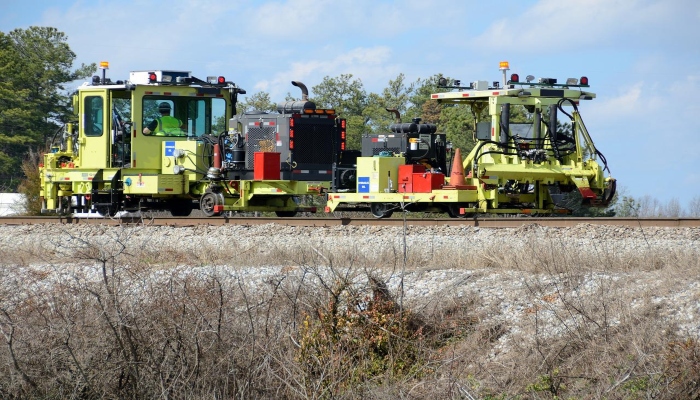As proactive and preventive measures, leading indicators help employers identify potential safety and health risks in their programs. Unfortunately, an all-encompassing safety-leading indicator does not exist, and no single measure can accurately predict workplace injuries. However, there is a leading indicator that appears to differentiate itself in its ability to predict future incidents – safety inspection and observation data.
Big data appears to be the key to keeping workers safe. According to a research study conducted by a team from Carnegie Mellon University (CMU), 75% of the variation in the frequency of safety incidents can be explained by data derived from inspections and observations. The team was even able to build a computer model demonstrating that they could predict future incidents with 80-97% accuracy rates.
The Power of Safety Inspection Data
Safety inspection data provide various perspectives on the many factors affecting workplace safety. These direct and indirect views give us a more comprehensive look at everything from training to processes and controls to even employee dynamics and company culture. And not using inspection data can expose teams to risk, systematic issues, faulty equipment, and problematic processes and areas within the facility.
When done correctly, inspections and observations can provide data that allows us to directly measure how well employees are following safety procedures or adhering to proper process controls, along with indirectly measuring other risk drivers.
Some of the risk drivers that inspection data explores involve training and culture. An example of a training issue increasing risk in the workplace would be an employee reasoning that they weren’t following proper ladder use because it wasn’t covered in their training. This tells leadership that they need to improve their training programs for new hires, particularly if newly hired employees are expected to properly and safely use equipment such as ladders right away.
However, the issue would no longer be training-related if an employee was called out for unsafe use of a ladder or other equipment, and their response was that they were a tenured employee and had never gotten hurt on the job. This is more of a cultural issue. And that employee has been allowed by leadership to behave a certain way for far too long.
Therefore, the behaviors of employees within certain conditions can provide insight and information on the direct and indirect causes of future safety incidents. And this is why smart organizations are leveraging the power of inspection data to improve safety, particularly inspection software, which allows for analysis and reporting using dashboards. Data also helps organizations boost the bottom line. Safer workplaces not only help improve retention but also helps maintain a level of safety record that translates to better insurance rates.
Amalgamating data and intelligence to get a holistic picture provides an opportunity to improve behavior, thereby raising safety standards. Inspection data not only puts into focus employee behaviors that should be corrected or changed but also behavior that should be rewarded.











